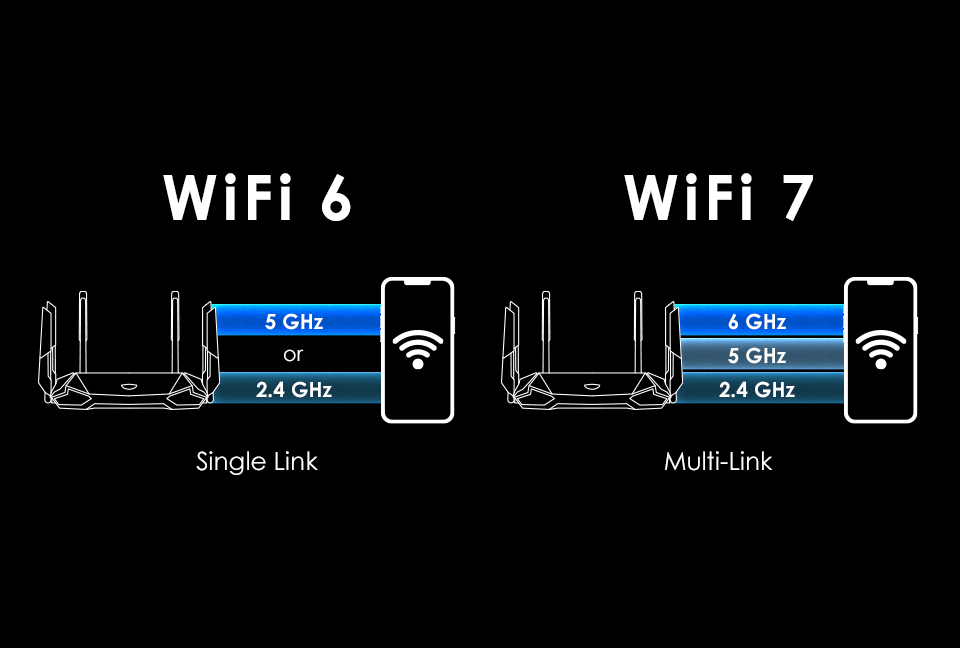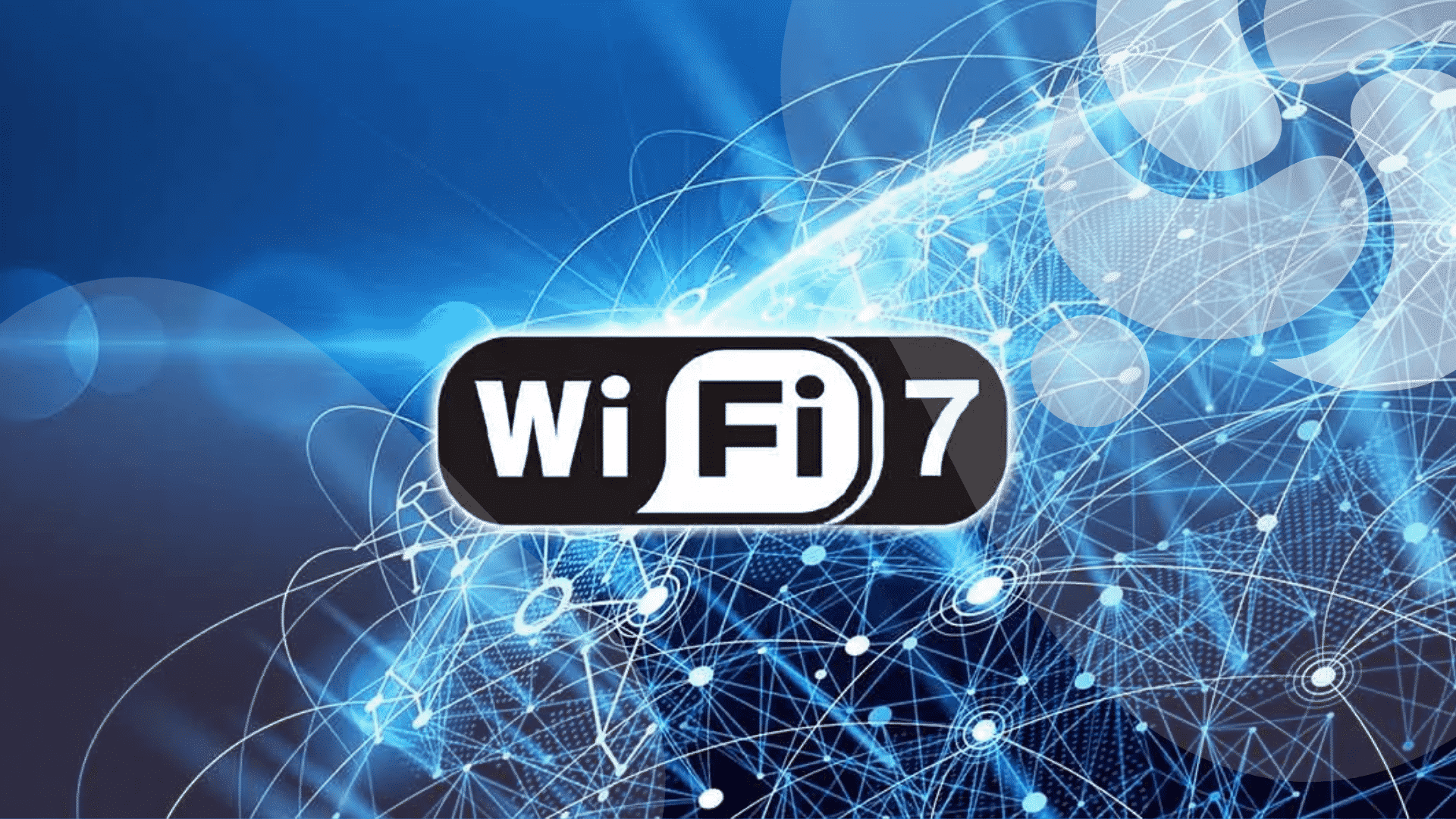Earlier this week at CES 2024, the Wi-Fi Alliance introduced Wi-Fi 7, showcasing significant enhancements to the connectivity standard. Beyond delivering faster speeds—up to four times faster than its predecessor, Wi-Fi 6E—users can anticipate novel features such as Multi-Link Operation, compatibility with 320MHz channels for Wi-Fi networks, and the incorporation of 4K Quadrature Amplitude Modulation. The upcoming year is poised to witness the emergence of an array of Wi-Fi 7 compatible routers and devices.
Details from the Wi-Fi Alliance’s launch of the latest IEEE standard reveal that Wi-Fi 7, also known as IEEE 802.11be, boasts impressive speeds of up to 40Gbps. This is a fourfold increase compared to Wi-Fi 6E networks, which peak at 10Gbps. Although Wi-Fi 7 maintains backward compatibility, it’s crucial to note that the heightened speeds can only be leveraged if both your router and phone support Wi-Fi 7 connectivity.
An additional noteworthy enhancement accompanying Wi-Fi 7 is Multi-Link Operation (MLO). This feature is strategically crafted to reduce latency while enhancing Wi-Fi network stability. It achieves this by enabling devices on the network to concurrently transfer information and data across multiple frequency bands, as outlined by the Wi-Fi Alliance.
Wi-Fi 7 introduces support for wider channel bandwidth, enhancing network throughput with an expanded 320MHz bandwidth compared to the 160MHz on Wi-Fi 6E networks. Utilizing a new band, similar to Wi-Fi 6E introduced in 2021, Wi-Fi 7 helps alleviate network congestion experienced on older Wi-Fi networks.

A significant upgrade in Wi-Fi 7 is the incorporation of 4K Quadrature Amplitude Modulation (QAM), resulting in up to a 20 percent increase in data transfer rates on wireless networks. While Wi-Fi 6 and Wi-Fi 6E networks supported 1024-QAM, the decade-old Wi-Fi 5 standard arrived with 512-QAM.
Though new Wi-Fi 7 routers were unveiled at CES 2024, the arrival of devices compatible with this standard may take some time. Some devices, including those powered by the new Snapdragon 8 Gen 3 series chip and Intel’s latest 14th Gen Core Ultra chips, already support Wi-Fi 7 networks.
Anticipated in upcoming Apple devices later this year, including the iPhone 16 Pro models, is support for Wi-Fi 7 networks. These devices are expected to feature Apple’s next-generation chip. The Wi-Fi Alliance forecasts that over 233 million Wi-Fi 7 devices will enter the market this year.
